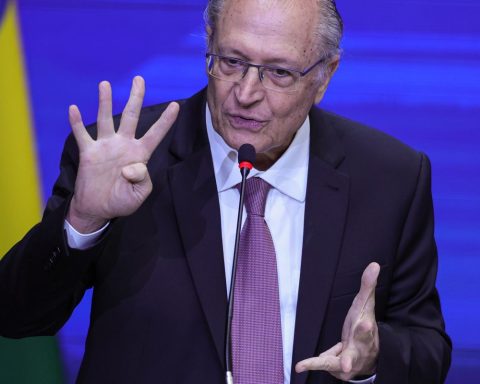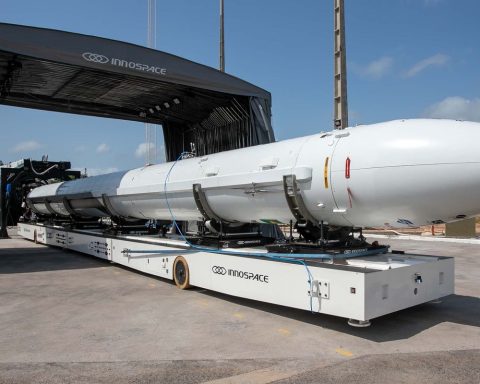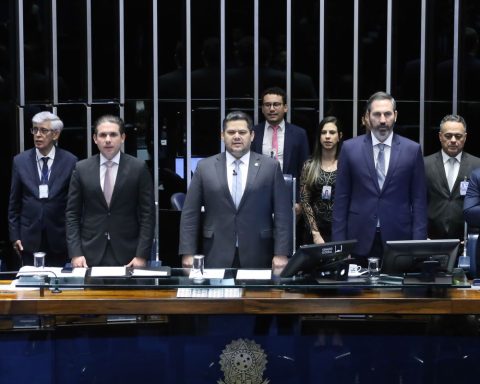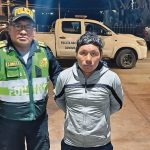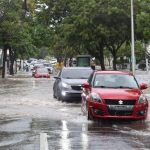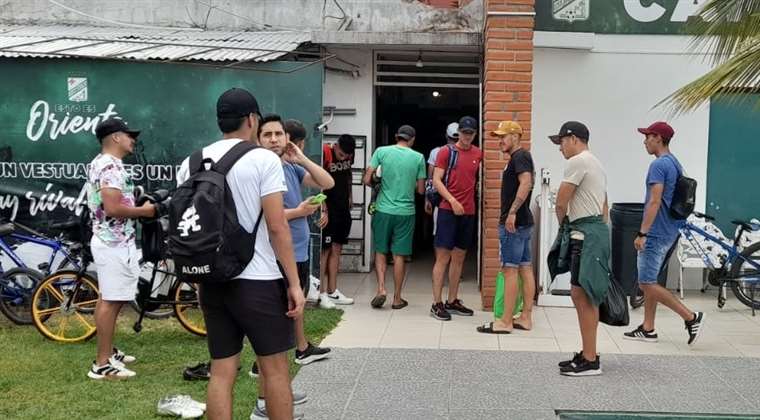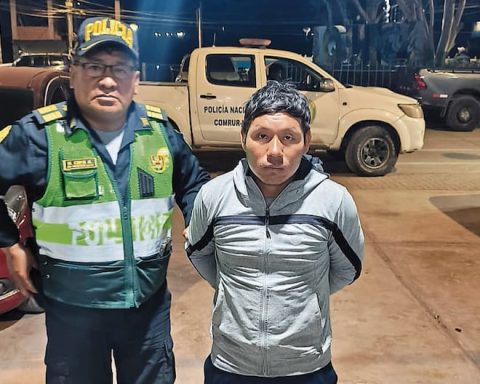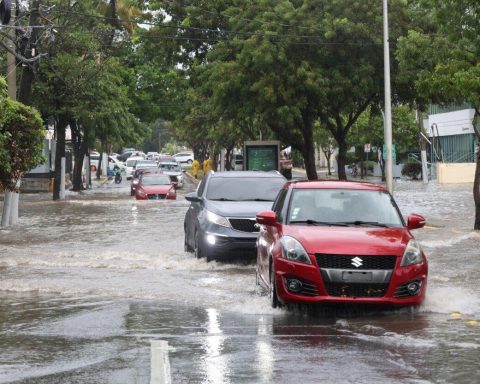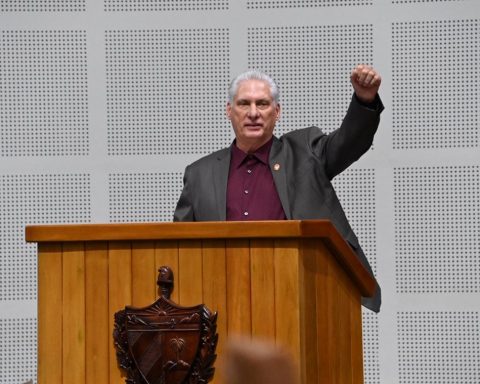Program launched by the Ministry of Health last Thursday (10) provides for expanding access to drinking water in indigenous lands. The goal is to increase the total indigenous population in villages with drinking water from the current 45% to 78% in the next 4 years.
The National Program for Access to Drinking Water in Indigenous Lands intends to implement or reform water supply systems in 55% of the more than 6,500 villages in Brazil that do not have access to drinking water.
The director of the Department of Environmental Determinants for Indigenous Health at the Ministry of Health, Elisangela Menezes, argued that the lack of potable water is one of the major problems of indigenous health in Brazil today.
“The rationale for taking the initiative is that fecal-oral diseases are the category with the highest rate of notification in Siasi, which is the Indigenous Health Care Information System. Indigenous children are 14 times more likely to die from diarrhea. Diarrheal diseases are the third leading cause of infant mortality.”
According to the Ministry of Health, about 419,000 of the 700,000 indigenous people who live in villages do not have access to drinking water. The General Coordinator of the Forum of Presidents of District Councils for Indigenous Health, chief Eliverton do Nascimento, highlighted that this is an urgent demand from many indigenous peoples.
“We, indigenous peoples in villages, in some regions, have water in abundance, but it is not drinkable. So, this program is important for indigenous peoples because we will be reducing diarrheal diseases and many other diseases caused by contaminated water”.
The National Program for Access to Drinking Water in Indigenous Lands also provides for the control of water quality and educational and training activities for indigenous people to maintain the supply systems.

